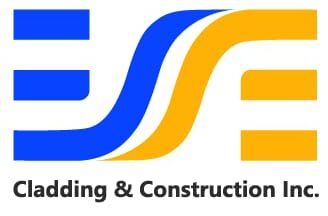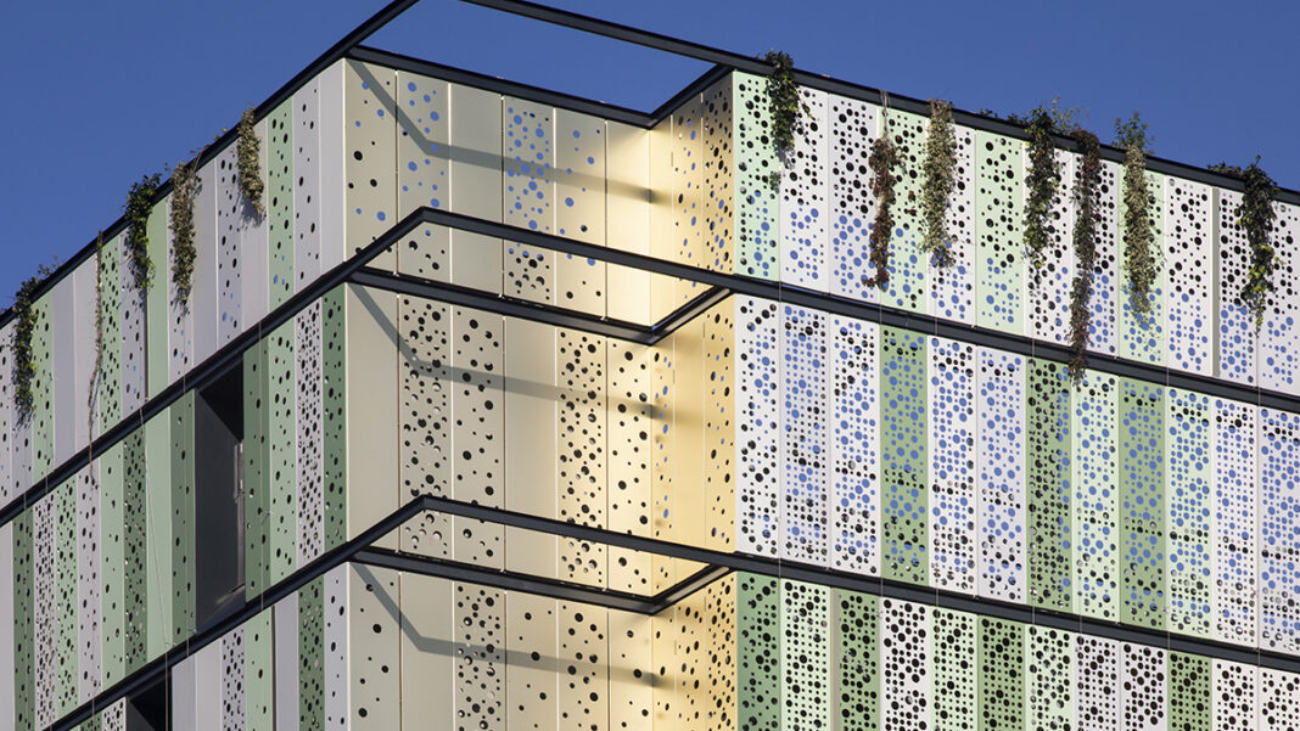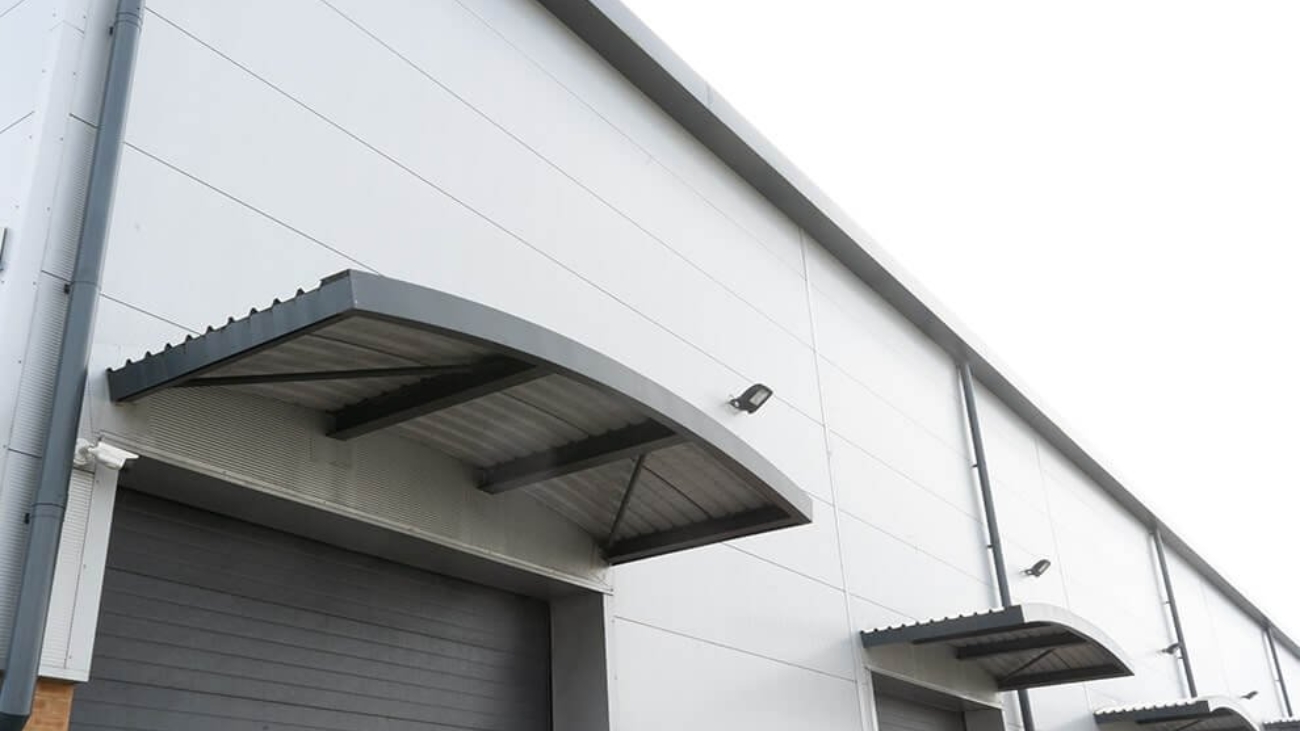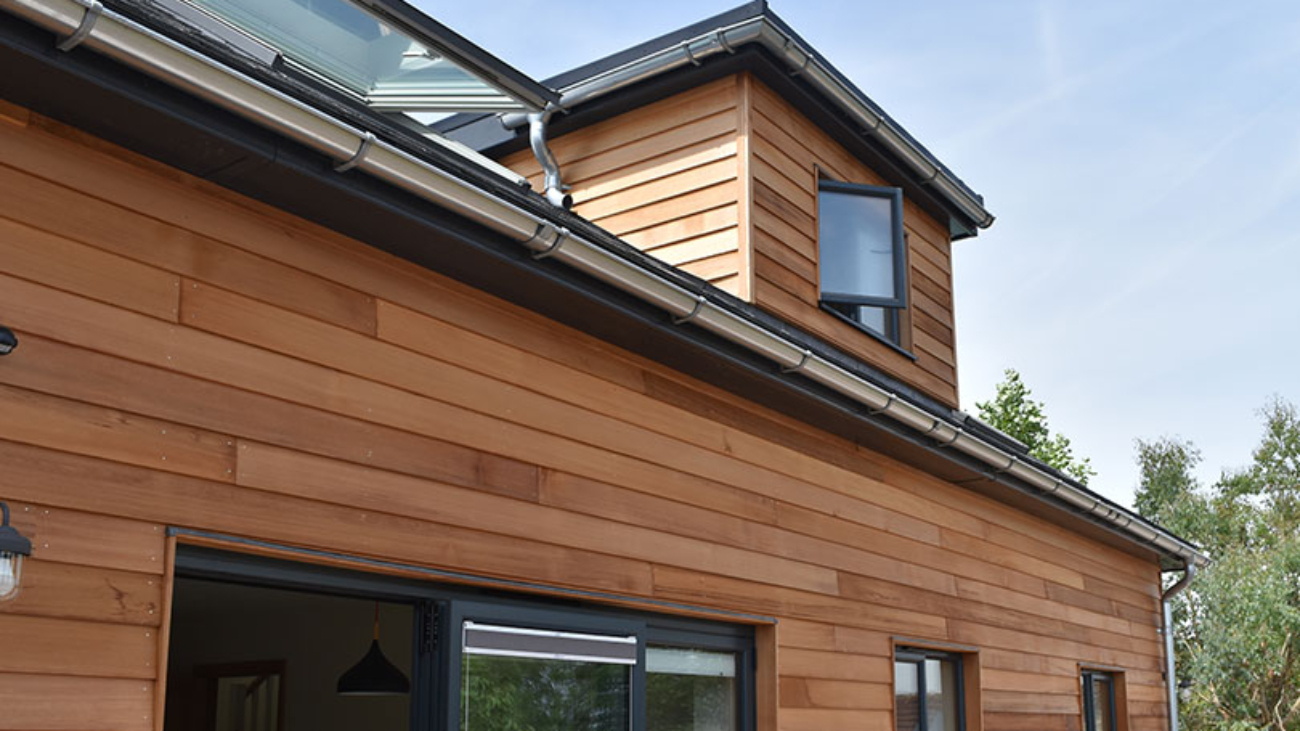Introduction
Sustainability has become a top priority in the construction industry as more architects, builders, and property owners seek eco-friendly solutions. Cladding is a key component in sustainable building design, helping to reduce energy consumption, minimize environmental impact, and improve overall efficiency.
At Esse Cladding, we are committed to providing sustainable cladding solutions that align with Canada’s green building initiatives. In this blog, we will explore the benefits of eco-friendly cladding and how Esse Cladding is leading the way in sustainable construction.
The Environmental Benefits of Sustainable Cladding
-
Energy Efficiency
- Sustainable cladding materials improve insulation, reducing the need for artificial heating and cooling.
- This leads to lower energy consumption and reduced carbon emissions.
-
Reduced Waste and Recycling
- Many modern cladding options are made from recycled materials, reducing landfill waste.
- Composite cladding and aluminum panels, for example, can be reused and repurposed.
-
Longevity and Durability
- High-quality sustainable cladding materials have a longer lifespan, reducing the need for frequent replacements.
- This lowers the overall environmental footprint of a building over time.
-
LEED and Green Building Certifications
- Many of Esse Cladding’s products meet LEED (Leadership in Energy and Environmental Design) certification standards.
- Using sustainable cladding can contribute to obtaining green building certifications, adding value to a property.
Esse Cladding’s Commitment to Sustainability
At Esse Cladding, we prioritize:
- Eco-Friendly Materials: We offer wood from sustainable sources, recycled metal panels, and energy-efficient composite cladding.
- Innovative Design: Our products are designed to enhance insulation, reducing heating and cooling costs.
- Waste Reduction: We implement strategies to minimize waste during manufacturing and installation.
Conclusion
As sustainability becomes increasingly important in construction, investing in eco-friendly cladding is a smart choice for both environmental and financial reasons. Esse Cladding is proud to lead the industry in providing high-quality, sustainable solutions that align with modern green building practices.



